Have you ever wondered how your smartwatch is able to accurately guide you to your destination without a phone or internet connection? GPS technology is the answer. Your smartwatch utilizes global positioning satellites to pinpoint your location and provide you with real-time navigation directions. The built-in GPS chip in your smartwatch constantly communicates with satellites to update your location and ensure that you are on the right track. This allows you to stay safe and find your way even in the most remote locations.
Table of Contents
Key Takeaways:
- Integration with GPS technology: Smartwatches use GPS technology to accurately track and navigate user locations in real-time, allowing for accurate step-by-step directions.
- Improved accuracy and efficiency: By utilizing GPS, smartwatches can provide precise and reliable navigation information, resulting in improved user experience and efficiency in reaching destinations.
- Expanded functionality: GPS-enabled smartwatches offer additional features such as distance tracking, location sharing, and route planning to enhance the overall navigation experience for users.
GPS Technology in Smartwatches
The Global Positioning System (GPS) technology in smartwatches is a marvel of modern innovation. It allows you to accurately track your location, navigate unfamiliar areas, and monitor your exercise activities. This technology has revolutionized the way you interact with your surroundings, providing a level of convenience and safety that was once unimaginable.
Fundamentals of GPS Functionality
GPS functions by using a network of satellites to triangulate your position on the Earth’s surface. When you use your smartwatch for navigation, it communicates with at least 4 of these satellites to determine your exact location. In this way, you can rely on accurate positioning data, which is essential for effective navigation. The GPS functionality in your smartwatch is a crucial tool for ensuring that you never get lost, and can always find your way back to safety.
Performance and Precision in GPS Tracking
The performance and precision of GPS tracking in smartwatches are essential for providing accurate location and navigation information. When you are out and about, the last thing you want is for your smartwatch to give you incorrect directions. GPS technology in smartwatches has evolved to provide highly precise tracking, with minimal margin of error, ensuring you can confidently rely on it for accurate navigation. This high level of precision is crucial for ensuring your safety and peace of mind, especially when exploring unfamiliar terrain or engaging in outdoor activities.
The GPS technology in smartwatches is a powerful tool that enhances your overall experience by providing reliable navigation and tracking capabilities. It is essential for keeping you safe and informed during your outdoor adventures and everyday activities.
Design and Features
Now, let’s take a closer look at the design and features of smartwatches that enable them to utilize GPS for navigation.
Balancing Size with Battery Capacity
When it comes to designing a smartwatch with GPS capabilities, manufacturers face the challenge of balancing size with battery capacity. The inclusion of GPS technology requires additional hardware and power consumption, which can impact the overall size and battery life of the device. Manufacturers strive to find the right balance, ensuring that the smartwatch is compact and lightweight, yet equipped with a sufficient battery capacity to support GPS navigation and other features.
Aesthetics and Customization Options
Smartwatches with GPS functionality are available in a variety of designs and customization options. You have the flexibility to choose a smartwatch that not only meets your navigation needs but also complements your personal style. Whether you prefer a sleek and modern design or a more sporty look, there are smartwatches with GPS that can cater to your aesthetic preferences. Additionally, customization options such as interchangeable bands and watch faces allow you to personalize the look of your smartwatch according to your preferences.
GPS Integration and Connectivity
After you have set up your smartwatch with GPS capabilities, it seamlessly integrates with the GPS technology to provide you with accurate location and navigation information. The smartwatch connects to GPS satellites in space to triangulate your exact position on the earth’s surface, allowing you to navigate along routes and accurately track your movements.
Compatibility with Mobile Devices
When it comes to using GPS for navigation, your smartwatch needs to be compatible with your mobile device for a seamless experience. Most modern smartwatches are designed to work in tandem with your smartphone, allowing you to access your location and navigation data directly from your wrist. This connectivity ensures that you can easily access your favorite navigation apps and receive real-time updates on your smartwatch without having to constantly check your phone.
Use of Sensors and Firmware for Improved Responsiveness
To ensure that your smartwatch provides you with reliable navigation data, it leverages a combination of built-in sensors and firmware for improved responsiveness. These sensors, such as accelerometers and gyroscopes, work together with the GPS module to track your movements accurately and provide you with precise navigation information. The firmware optimizes the performance of the GPS module, ensuring that your smartwatch can quickly acquire satellite signals and maintain a consistent GPS connection, even in challenging environments.
Advanced Functionalities
Lastly, smartwatches come with a variety of advanced functionalities that make them essential for navigation and exploration. Here are some of the key features:
- Navigation Assistance
Smartwatches provide turn-by-turn navigation assistance, giving you real-time updates on your route as you move. This can be incredibly helpful when you’re exploring a new city or hiking in the wilderness.
- Interactivity
Smartwatches allow you to interact with navigation apps through voice commands or touch screen, making it easy to access information without having to stop and pull out your phone.
Navigation Assistance and Interactivity
When you’re on the go, having navigation assistance at your wrist can be incredibly useful. With a smartwatch, you can receive turn-by-turn directions and real-time updates on your route without having to stop and check your phone. Additionally, the interactivity of smartwatches allows you to easily interact with navigation apps through voice commands or touch screen, providing a seamless and convenient experience.
Versatility and Automation in Various Environments
Smartwatches are designed to be versatile and can be used in a variety of environments, from urban settings to outdoor adventures. They offer automation features that can help you navigate through different terrains, ensuring that you stay on track and reach your destination safely. Whether you’re hiking in the mountains or walking through a bustling city, a smartwatch can provide essential support in keeping you on the right path.
User Experience and Usability
Your experience with a smartwatch’s GPS navigation system can greatly vary depending on its usability and user experience features. The design and functionality of the smartwatch can significantly impact how you interact with the GPS navigation system and how effective it is in providing accurate and timely navigation guidance.
Simplicity and Ease of Use in Operation
When it comes to using GPS for navigation on a smartwatch, simplicity and ease of use are crucial for a positive user experience. The interface should be intuitive, allowing you to easily input your destination and access navigation features with minimal effort. Clear and easy-to-understand instructions, as well as simple menu layouts, are essential for ensuring that you can efficiently navigate through the GPS system without any confusion.
Customization and Adjustability for Enhanced Usability
In addition to simplicity, customization and adjustability play a significant role in the usability of a smartwatch’s GPS navigation. The ability to customize your navigation preferences and settings allows you to tailor the experience to your specific needs. Whether it’s adjusting the map display, setting preferred routes, or choosing specific navigation alerts, having this level of customization can greatly enhance your overall navigation experience.
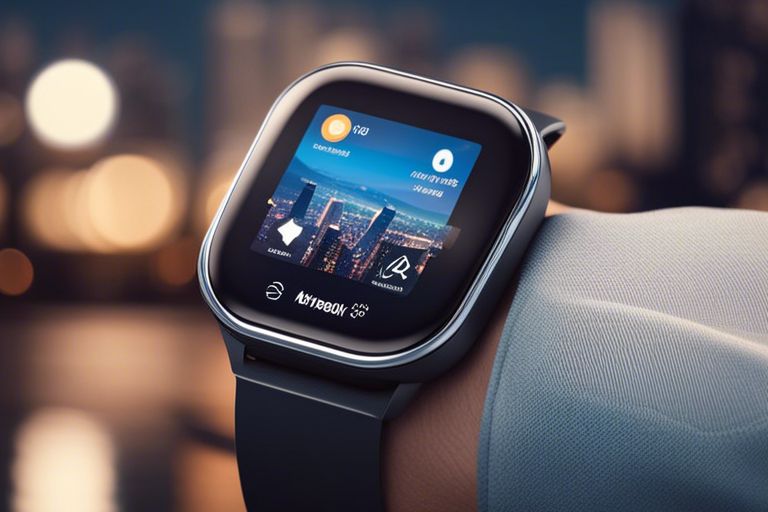
Battery Life and Power Efficiency
After you determine how smartwatches use GPS for navigation, one of the most crucial technical considerations to keep in mind is the impact on your watch’s battery life and power efficiency. Using GPS on a smartwatch can drain the battery significantly, as it requires continuous use of radio signals to communicate with satellites. Manufacturers have worked to improve power efficiency in newer models, but it’s important to be aware that using GPS for extended periods can still lead to a shortened battery life on your device.
Accuracy Factors and Signal Quality
When using GPS on your smartwatch, the accuracy of location data can be affected by several factors. The strength of satellite signals, urban canyons, weather conditions, and the quality of your watch’s GPS receiver all play a role in determining the accuracy of the information provided. Additionally, the software and algorithms used by your smartwatch to interpret GPS data can also impact accuracy. Ensuring a strong and clean signal, as well as having an up-to-date smartwatch with state-of-the-art signal processing capabilities, can help mitigate these accuracy concerns. After considering these factors, you can take steps to maximize the accuracy of your smartwatch’s GPS navigation.
- Satellite signals: The number of satellites in view and their distribution in the sky can affect accuracy.
- Urban canyons: Tall buildings and urban environments can obstruct satellite signals, leading to decreased accuracy.
- Weather conditions: Cloud cover, heavy precipitation, and other weather phenomena can interfere with GPS signal reception.
- Quality of your watch’s GPS receiver: The overall quality and sensitivity of the GPS receiver in your watch can directly impact accuracy.
- Signal processing capabilities: The algorithms and software used to process GPS data can significantly affect accuracy.
After understanding these accuracy factors and signal quality considerations, you can take the necessary steps to optimize the performance of your smartwatch’s GPS navigation.
Security and Reliability
However, when using GPS for navigation on your smartwatch, it is important to consider the security and reliability of the system. Smartwatches are often used for tracking your location and providing directions, so ensuring the security and reliability of the GPS system is crucial.
Data Encryption and User Privacy
When it comes to security, data encryption and user privacy are essential. Your smartwatch should use strong encryption methods to protect the GPS data it collects, ensuring that only authorized users can access it. Additionally, it should also prioritize your privacy, ensuring that your location data is not shared with unauthorized third parties.
Dependability and Resistance Against Harsh Conditions
Your smartwatch’s GPS system should be highly dependable, providing you with accurate location information at all times. It should also be resistant to harsh conditions, such as extreme weather or physical impact, ensuring that it continues to function when you need it the most. This level of dependability and resistance is crucial for your safety and peace of mind when using the GPS feature on your smartwatch.
Future Trends and Innovation
After harnessing the power of GPS for navigation, smartwatches are constantly evolving to offer more advanced features to enhance your experience. The future trends in GPS-enabled smartwatches are poised to revolutionize navigation and fitness tracking, providing even more functionality and convenience for users like you.
Potential for Increased Interoperability
One of the key future advancements in GPS-enabled smartwatches is the potential for increased interoperability with other devices and platforms. This means that your smartwatch will be able to seamlessly sync with your smartphone, fitness apps, and other smart devices, allowing you to access and share data across all your devices. This enhanced interoperability will ultimately provide you with a more comprehensive and interconnected experience, as well as a unified platform for managing your health and fitness data.
Scalability and Deployment of New Features
As technology continues to advance, GPS-enabled smartwatches are also focusing on scalability and the deployment of new features. This means that not only will you have access to the latest features and updates, but these will also be implemented in an efficient and scalable manner. This agility and adaptability will ensure that your smartwatch remains relevant and functional as new technologies emerge, allowing you to stay at the forefront of innovation in navigation and fitness tracking.
By embracing these future trends and innovations, GPS-enabled smartwatches are poised to offer you a more interconnected and feature-rich experience. The potential for increased interoperability will allow for seamless integration with your other devices and platforms, while the scalability and deployment of new features will ensure that your smartwatch remains at the cutting edge of technology. As these advancements continue to develop, it’s clear that the future of smartwatch navigation is full of possibilities for you as a user.
Conclusion
Drawing together all the information on how smartwatches use GPS for navigation, it’s clear that these wearable devices rely on satellite signals and pre-loaded maps to track your location and provide accurate navigation guidance. By tapping into GPS technology, your smartwatch can calculate your current position, plot a route, and give you turn-by-turn directions, making it a valuable tool for staying on track during outdoor activities or unfamiliar journeys. Understanding how GPS works on your smartwatch can help you maximize its navigation capabilities and make the most of this convenient feature.
FAQ
Q: How do smartwatches use GPS for navigation?
A: Smartwatches use GPS (Global Positioning System) to accurately determine their location by receiving signals from a network of satellites orbiting the Earth. This allows smartwatches to provide real-time navigation assistance, track outdoor activities, and calculate distances and speeds for fitness-related purposes.
Q: Do smartwatches need to be paired with a smartphone to use GPS for navigation?
A: Some smartwatches have the capability to use GPS independently, while others require a connection to a smartphone for GPS functionality. Standalone GPS smartwatches have their own GPS receiver and can directly communicate with satellites. However, smartwatches without standalone GPS may rely on the GPS capabilities of a paired smartphone for navigation.
Q: How accurate is GPS navigation on smartwatches?
A: The accuracy of GPS navigation on smartwatches can vary, but it is generally quite precise. In optimal conditions, GPS-enabled smartwatches can provide location accuracy within a few meters. Factors such as signal interference from buildings or natural obstacles, as well as the quality of the GPS receiver in the smartwatch, can affect the overall accuracy of navigation.

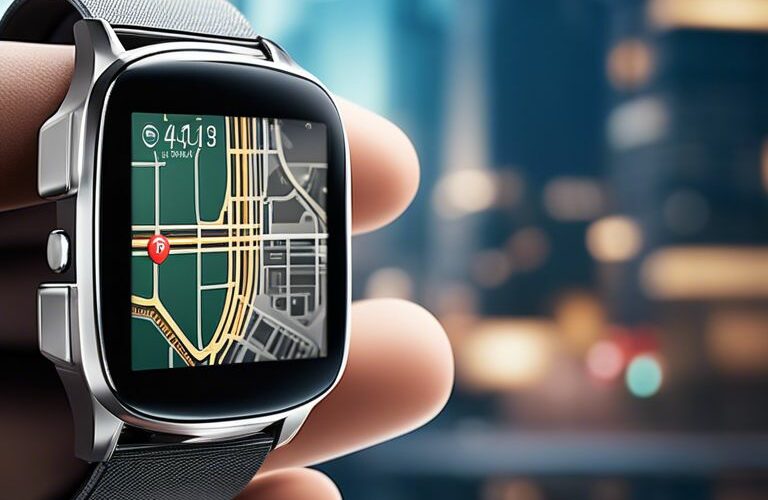
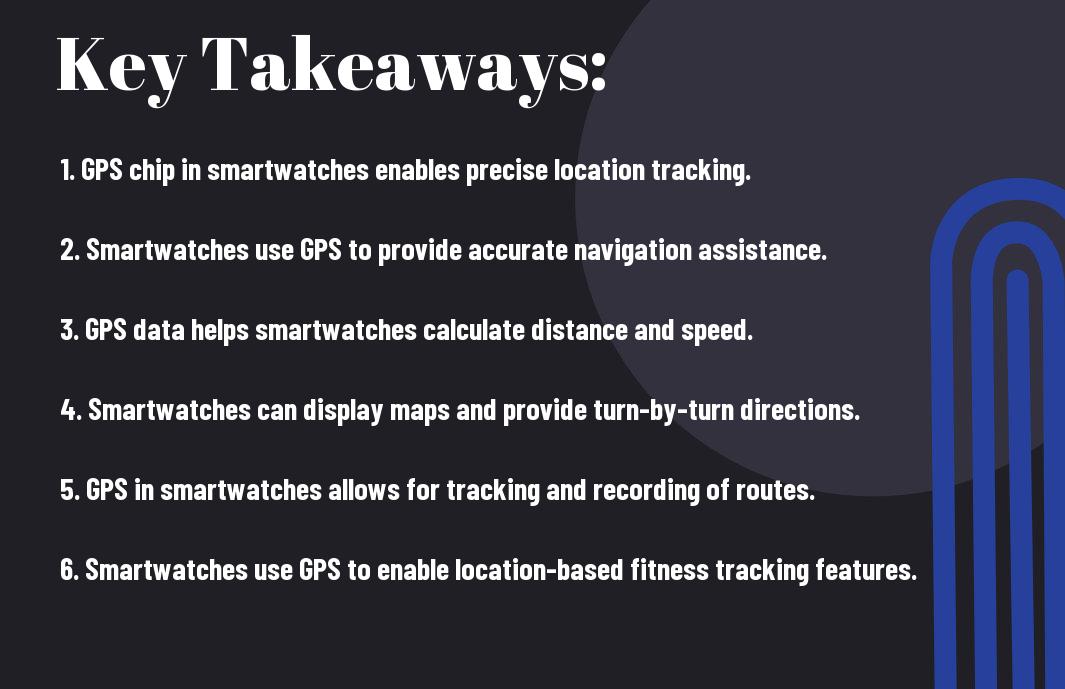
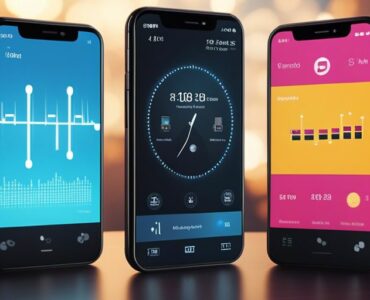
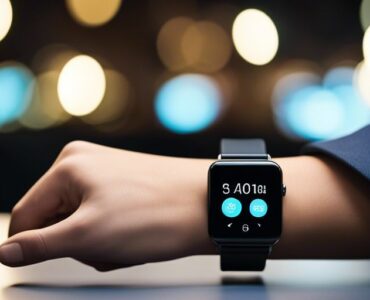
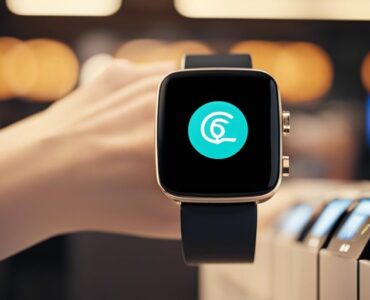





Add comment